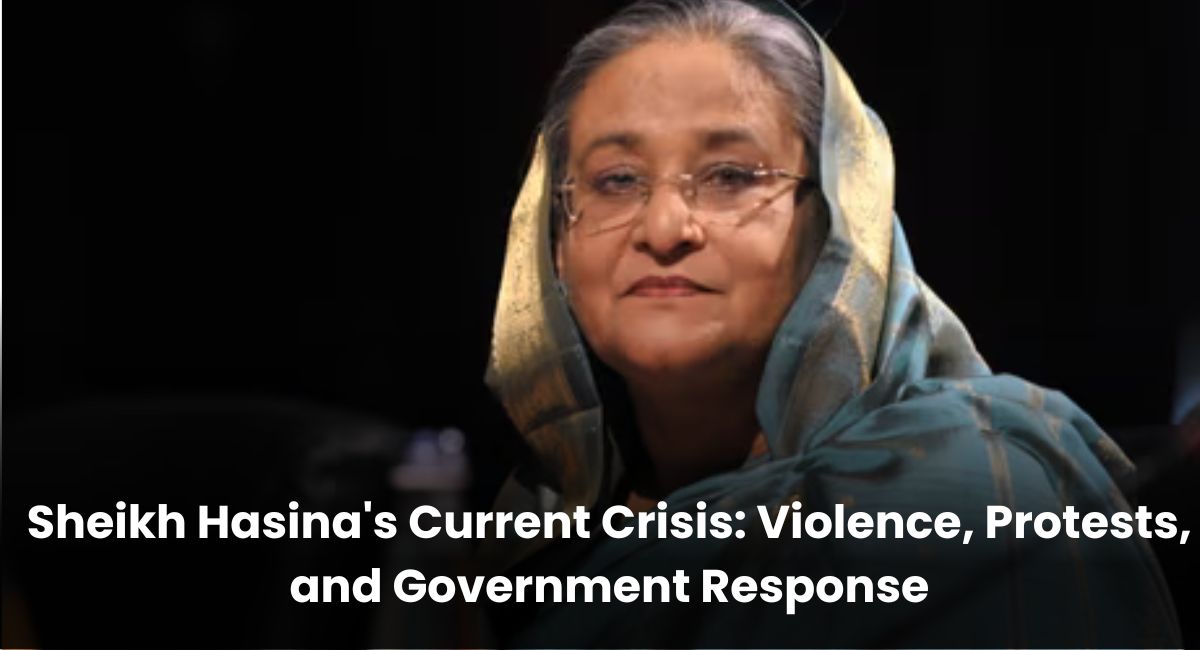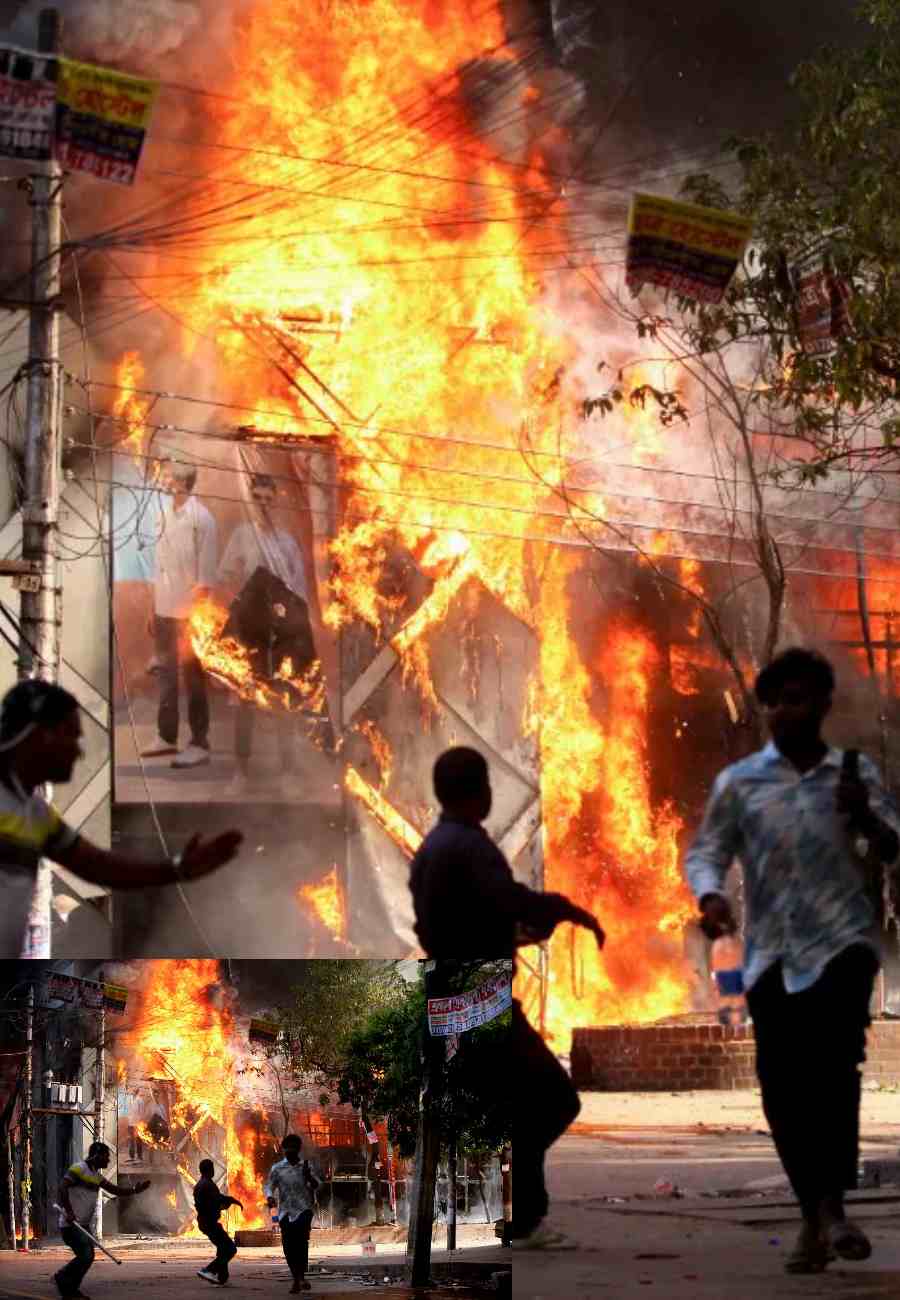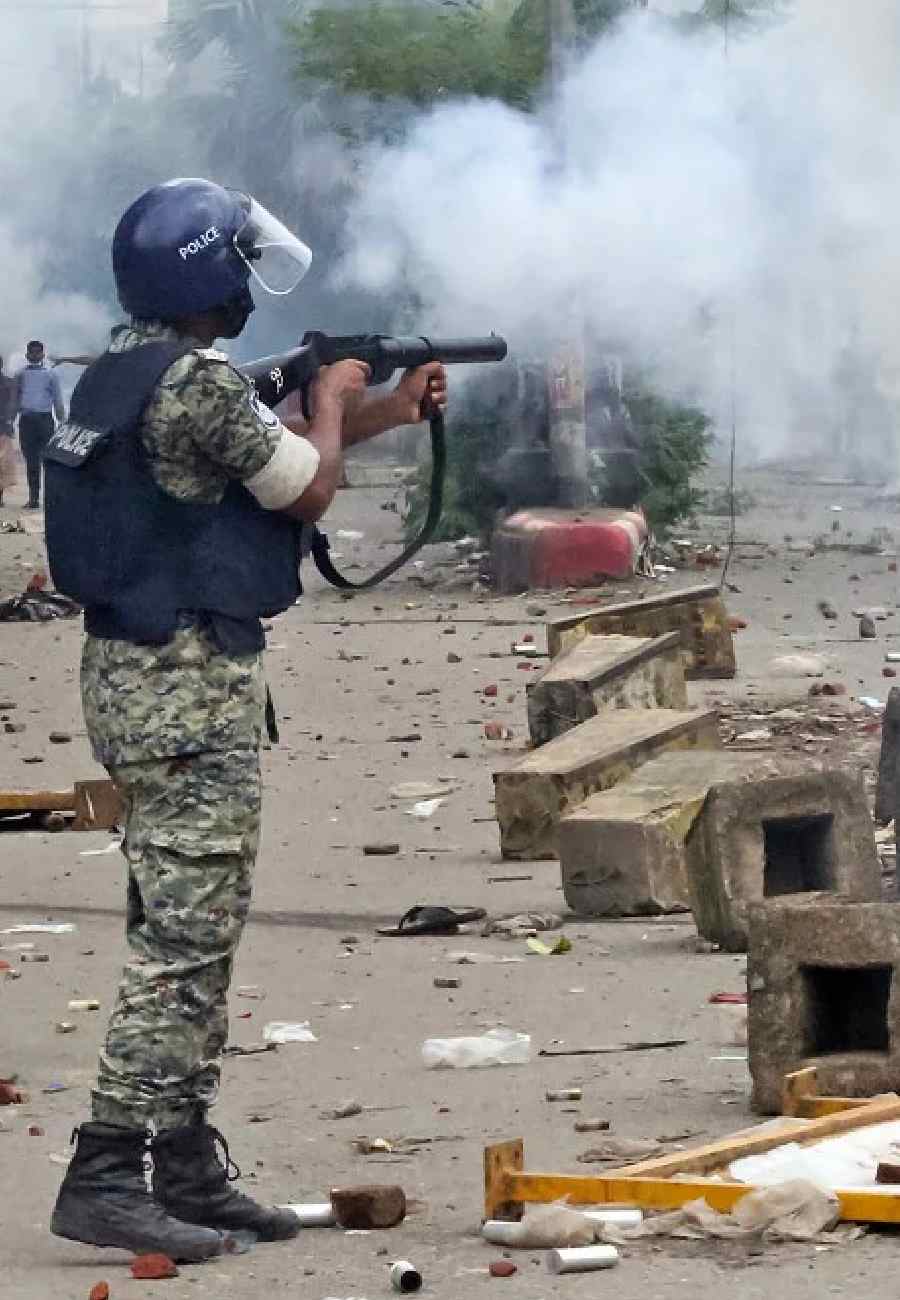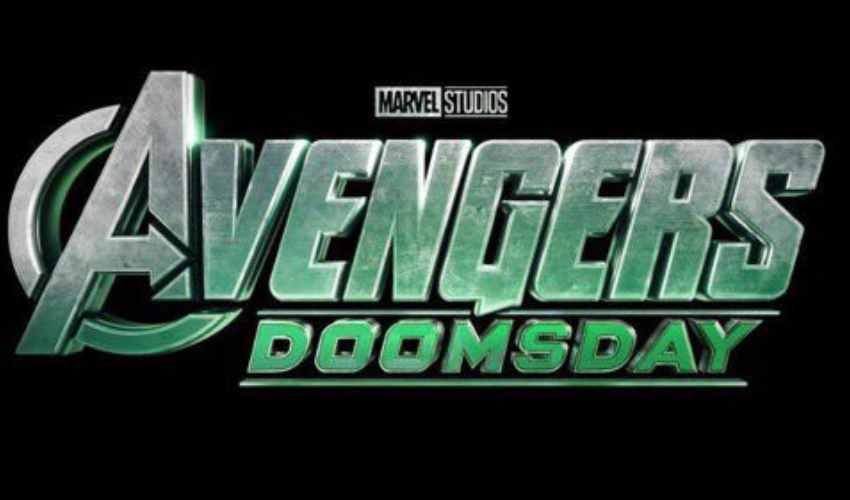Political Crisis in Bangladesh Key Challenges and Current Situation

Sheikh Hasina's Current Crisis: Violence, Protests, and Government Response
Key Challenges Faced by Sheikh Hasina:
1. Escalating Protests
Protests started by students against the quota system expanded into wider anti-government demonstrations. Violent clashes resulted in over 300 deaths, with significant public anger directed at Hasina's administration for its heavy-handed response.
2. Loss of Military Support
The military, previously a key support for Hasina, shifted its stance to side with the public, which played a crucial role in prompting her resignation.
Read More: Who is Katie Ledecky? Paris 2024 Olympics Victory

Image source:instagram/twitter x
3. Economic Consequences
The protests disrupted economic activities, worsening issues like high inflation and dwindling foreign reserves, raising concerns about Bangladesh's economic future.
4. Accusations of Authoritarianism
Hasina's government faced allegations of suppressing dissent and human rights abuses, including enforced disappearances and extrajudicial killings, drawing international scrutiny and domestic criticism.
4. Public Sentiment and Calls for Change
Widespread protests indicated significant public discontent, with many citizens demanding major political changes. Hasina's labeling of protesters as "terrorists" further alienated the populace.
Read More: Liu Yang's Career Highlights, Olympic Men's Gymnastics 2024
Sheikh Hasina's Current Crisis: Violence, Protests, and Government Response

Image source:instagram/twitter x
1. Violence and Casualties
Nearly 300 deaths and hundreds of injuries have occurred since the protests began, with significant violence reported, including 98 fatalities on August 4, 2024.
2. Protest Actions
Protesters have organized a "non-cooperation movement," blocking highways and staging sit-ins, demanding justice and government accountability.
3. Government Response
The government imposed a nationwide curfew and restricted mobile internet. Hasina's offer for dialogue was rejected by protesters demanding her resignation.
Global Impact and Support for Sheikh Hasina's Crisis: Broader Implications
1. Support from Diverse Segments
The protests have widespread support, including students and professionals, drawing international attention and causing neighboring countries to advise caution for their nationals in Bangladesh.
2. Persistent Unrest
The situation remains tense, with ongoing protests and clashes indicating the crisis is far from over, posing a critical challenge to Bangladesh's political landscape.
Key Factors Driving Discontent with Sheikh Hasina's Administration
1. Quota System
The reinstated quota system for government jobs, seen as discriminatory and favoring Hasina's party supporters, sparked the initial protests.
3. Government Crackdown
The violent government response to protests, including the use of tear gas and rubber bullets, intensified public outrage and alienated the populace.
4. Accusations of Authoritarianism
Reports of human rights abuses and suppression of free speech have contributed to a perception of Hasina's government as out of touch with citizens' needs.
5. Economic Hardships
Rising living costs and economic challenges have fueled public discontent, with many feeling the government has failed to address these issues.
6. Loss of Military Support
A shift in military support, with leaders siding with the public, further destabilized Hasina's administration and contributed to calls for her resignation.
Popular Posts
Chris Hemsworth Returns as Thor in Avengers: Doomsday Clip
Updated 5 hours ago
Yash’s Toxic Reveals Nayanthara’s First Look as Ganga
Updated 6 hours ago
Shrinking Season 3: Release Date, Cast, Trailer and Updates
Updated 18 hours ago
Stranger Things 5 Finale Gets 1.1 Million Theater RSVPs
Updated 18 hours ago
Stranger Things Finale Trailer Shows Hopper’s Powerful Speech
Updated 19 hours ago
Cardi B Tells Fans to Calm Down Over Stefon Diggs Romance
Updated 1 day ago
Beyoncé Becomes a Billionaire, Joins Elite Music Icons Club
Updated 1 day ago
Avatar Fire and Ash leads China and Korea box office 2025
Updated 2 days ago
Avatar 3 Box Office Surges Over Christmas, Marty Supreme Shines
Updated 2 days ago



.jpg)




.jpg)


.jpg)
.jpg)

